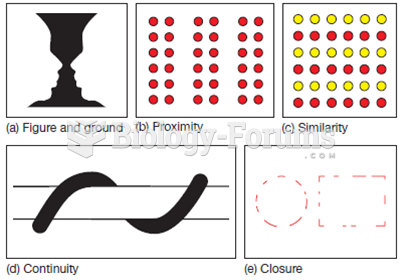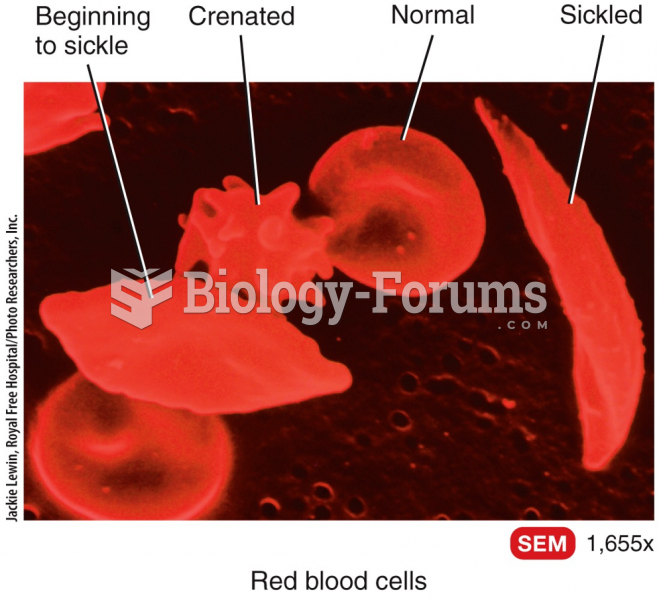Answer to Question 1
10 Clearly identify five to seven principles you will use in distinguishing between behavioral problems and disorders. Use concrete examples for each principle to show the reader you can distinguish between problems and disorders.
8 Identify four to seven principles you will use in distinguishing between behavioral problems and disorders. Use examples for each principle to show the reader you can distinguish between problems and disorders.
6 Identify four to seven principles that might be useful in distinguishing between behavioral problems and disorders. Use unclear examples for each principle that make it difficult for the reader to distinguish between problems and disorders.
4 Identify three to five principles that are not very useful in distinguishing between behavioral problems and disorders. Use unclear examples for each principle that make it very difficult for the reader to distinguish between problems and disorders.
2 Identify three to five principles that are not useful in distinguishing between behavioral problems and disorders. Use few unclear examples that do not distinguish between problems and disorders.
Answer to Question 2
10 Accurately describe at least three classroom management techniques. Give clear examples of when you would use each of these techniques, using concrete situations. Concisely discuss one technique you would not use and explain why.
8 Describe at least three classroom management techniques. Give clear examples of when you would use each of these techniques, using concrete situations. Discuss one technique you would not use and explain why.
6 Describe two to three classroom management techniques. Give vague examples of when techniques might be used. Discuss one technique you would not use and explain why.
4 Describe one to three classroom management techniques. Give vague, inappropriate examples of when techniques might be used. Discuss one technique you would not use.
2 Describe one to three classroom management techniques. Do not give examples of when the techniques might be used. Allude to one technique you would not use.







